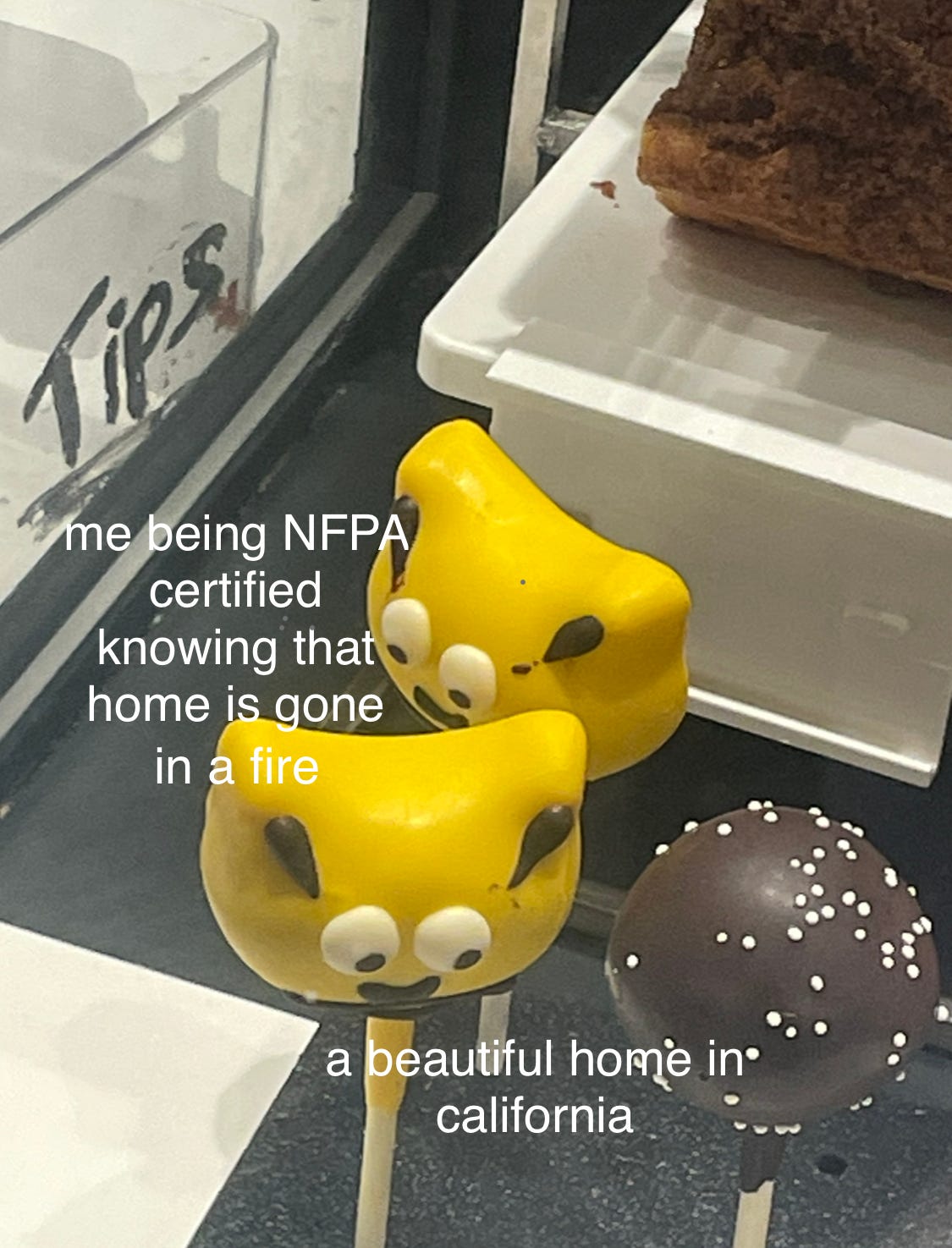Hi, loves! Amanda from Faura here. This will be a short and sweet progress update just to let y’all know WE FINISHED THE BETA OF OUR DIGITAL ASSESSMENT TOOL, which you can see here.
I wanted to quickly go through some of the choices that we made and are thinking about in the design. This whole assessment tool was quick built in a week and a half, so it’s still incredibly early in terms of what we want and what the end result will look like.
FEATURES:
First and foremost, taking these surveys is annoying, and it feels like SO much content to take in. So, when actually using our digital assessment, you’ll notice the item is ‘No’ by default, which just allows the user to only interact to say yes.
We also use an interesting element that you may have not seen used in this way before: we put our survey in a picker wheel! This is the same picker wheel that you use on your iPhone to select an option. I think it provides a really solid UX experience, and to focus on one question at a time. The picker view combined with the progress bar and the default “no” will hopefully work together to make our digital assessment way easier for people to understand, and to go through.
Recently, my brakes were shot on my car and I had to go in to get it serviced. When I picked it up, I was talking to the receptionist about the Hawaii wildfires, and a bit about the work Faura does. I mentioned that vents can let in fire embers that burn the home up from the inside out, and the look on her face was horrified. I think it’s important to remember that people do, and CAN understand defensible space.
So, in addition, each of the questions has an explanation that communicates to the person taking the survey why it’s necessary to know. People do want to know, and I think putting education alongside the assessment is going to make a better experience.
There’s many things on the list that I want us to add, but primarily: I’m going to be watching our beta to see if a digital assessment is the best primary funnel, or if a less structured approach would be better for the Kayak layer Valkyrie mentioned. The question is:
‘If we make digital assessments as easy as possible, is that going to be enough? Or should it be an unstructured setup more similar to Etsy where people pick and choose their own stuff?’
OTHER THINGS:
Additional stuff we’re planning on adding if this is the funnel that we’re going with is:
Rewording the content to be more user friendly
Adding examples with images to show the survey-taker visually what we’re looking for. E.G: Here’s branches in front of the chimney, or fencing around the decking to stop materials from piling up.
More UI / UX tweaks, and potentially breaking the survey into ‘rounds’
Making the action items exportable and shareable. We’re thinking about growth engines, and it’s really easy for me to imagine this tool spreading between families. Maybe we ask people to share it to download their action items?
Breaking up action items by priority. Some of this work is incredibly expensive, and so breaking it into ‘most extreme’ to ‘you should do this but not first’.
If you’re interested in seeing more about my process and how I go through the design, you can see me going through our very early stage codebase and making design changes here: let's design review my natural disaster assessment software together :-)
Something else worth noting is that the assessment is designed to work for any natural disaster assessment we’re interested in creating. So, the codebase currently has a wildfire object, but the underlying code is able to take in any assessment and grade it.
I think this flexibility will be important for us as we continue to grow, especially because we’re seeing more and more insane natural disasters. We might also try a home hardening survey, and some other more fire assessments.
At time of writing, we’re still looking at the fallout from the Hawaii fires, watching more wildfires in Northern Canada progressing, and watching as where I grew up in Southern California (in the Coachella Valley and San Bernardino mountains) is about to get hit with a hurricane.
I genuinely do believe that people are scared, they are willing to learn, and they will do what they can to be safer. We just have to make that as easy as possible for them, and I hope this is the start of us doing that.






